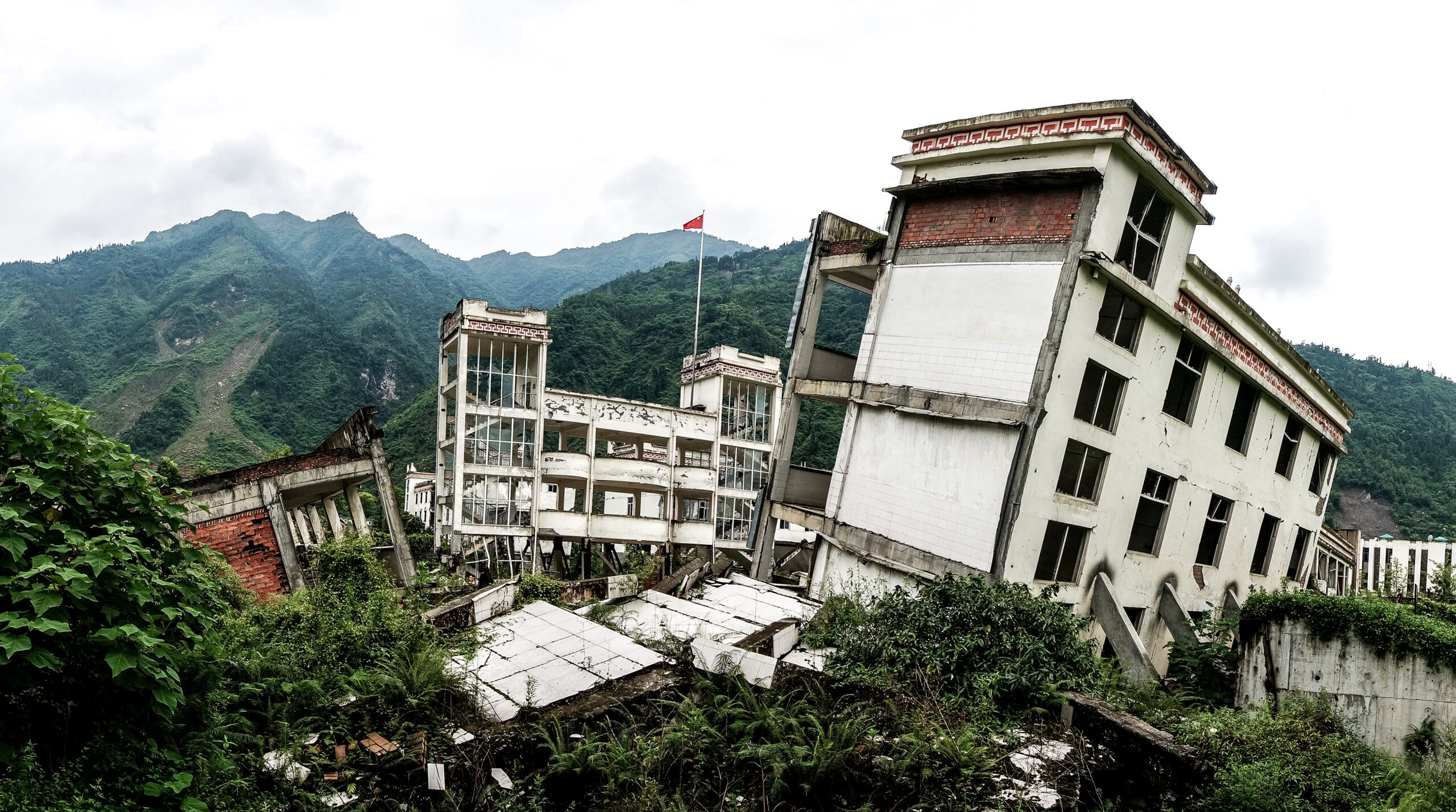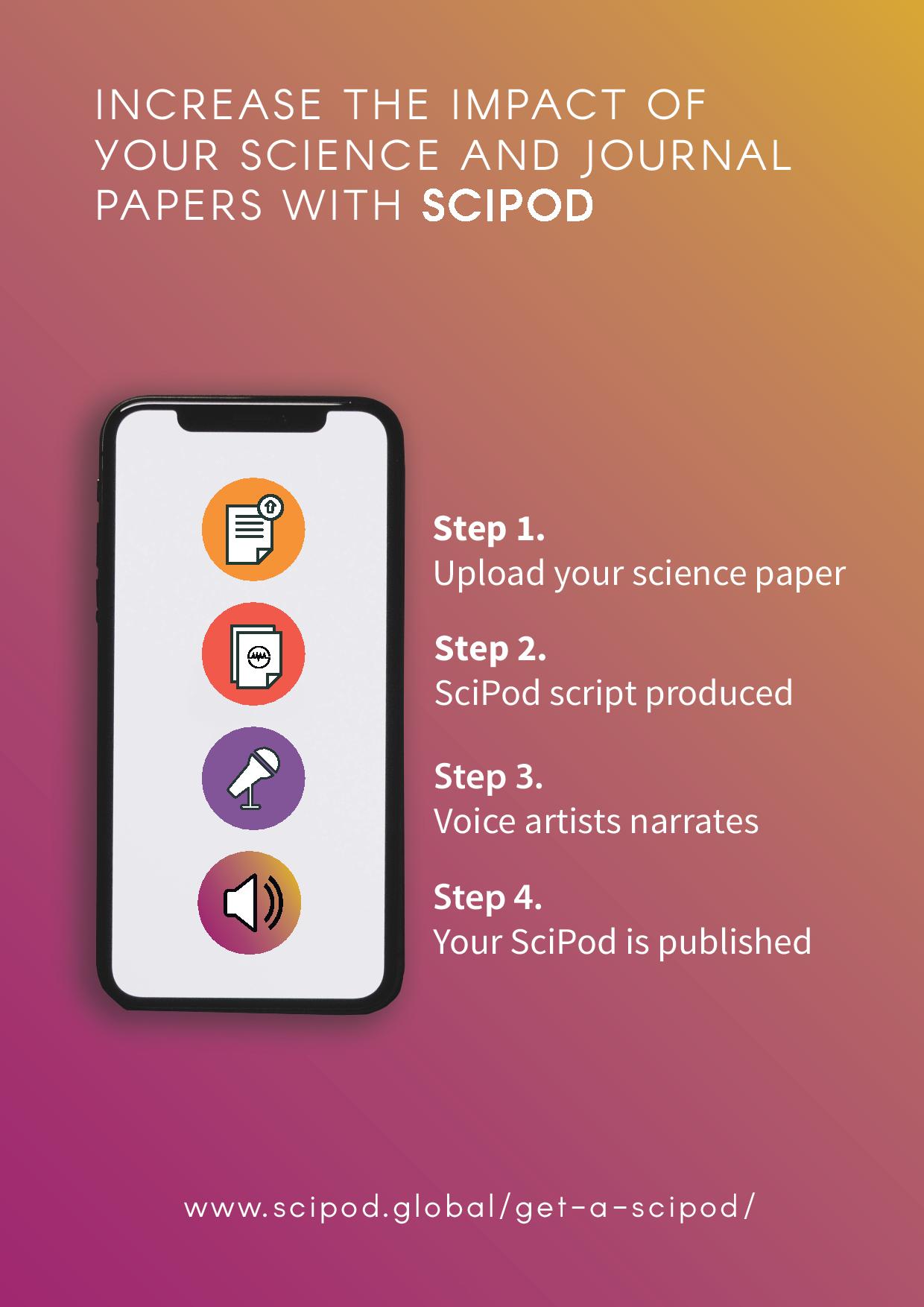The Hidden Truths Of Machine Learning With Zack Lipton
This week we discuss the hidden truths of machine learning, and how this new technology could undermine democracy as we know it, but is that even so bad…
Resources mentioned:
Zack’s website: http://zacklipton.com/
Zack’s Twitter: https://twitter.com/zacharylipton
More SciPod Radio episodes you may like
Prof. Dr. Ralf Klessen | Reviewing the formation of the universe’s first stars
Audiobook
About this episode
Before the universe was illuminated by stars, most of its observable matter existed in a roughly even distribution of hydrogen and helium. As these materials collapsed under their own gravity, they would have heated up, initially preventing them from collapsing further to densities high enough for stars to form. As part of a new review, Prof. Dr. Ralf Klessen and Prof. Dr. Simon Glover at Heidelberg University investigate the chemical mechanisms which enabled this primordial gas to cool and fragment to form the universe’s first generation of stars. More
Original Article Reference
This Audio is a summary of section 3.2 of the paper ‘The First Stars: Formation, Properties, and Impact’, in Annual Review of Astronomy and Astrophysics, doi.org/10.1146/annurev-astro-071221-053453
Contact
For further information, you can connect with Prof. Dr. Ralf Klessen at klessen@uni-heidelberg.de
This work is licensed under a Creative Commons Attribution 4.0 International License. 
What does this mean?
Share: You can copy and redistribute the material in any medium or format
Adapt: You can change, and build upon the material for any purpose, even commercially.
Credit: You must give appropriate credit, provide a link to the license, and indicate if changes were made.
Increase The Impact Of Your Research!
More episodes
Professor Carsten Herrmann-Pillath and Professor Guo Man | How death rituals are changing in China’s fastest-growing city
Audiobook
About this episode
Research from Professor Carsten Herrmann-Pillath at the University of Erfurt and Professor Guo Man at Harbin Institute of Technology Shenzhen Campus reveals how traditional funeral practices are being transformed in Shenzhen, an area of China which has rapidly developed into a huge metropolis. The research shows how government regulations, economic forces, and cultural traditions interact to create new forms of death rituals that balance modern urban constraints with deep-rooted customs. More
Original Article Reference
This SciPod is a summary of the paper ‘The Cultural Governance of Death in Shenzhen’ from The China Quarterly, https://doi.org/10.1017/S0305741022001898
The research was funded by the Deutsche Forschungsgemeinschaft (DFG, German Research Foundation) – Project-ID 424638267 – TRR 294 “Structural change of property”
Contact
For further information, you can connect with Professor Carsten Herrmann-Pillath at carsten.herrmann-pillath@uni-erfurt.de
This work is licensed under a Creative Commons Attribution 4.0 International License. 
What does this mean?
Share: You can copy and redistribute the material in any medium or format
Adapt: You can change, and build upon the material for any purpose, even commercially.
Credit: You must give appropriate credit, provide a link to the license, and indicate if changes were made.
Increase The Impact Of Your Research!
More episodes
Dr. Zhe Su | Understanding the twisted tectonics of the Sichuan basin
Audiobook
About this episode
The Sichuan basin in southern China is a region of deep geological and seismological complexity, which has so far prevented researchers from understanding its tectonic past. Through fresh analysis of previous observations, combined with the latest modelling techniques, a team led by Dr. Zhe Su at the National Institute of Natural Hazards, Beijing, suggests for the first time that the entire Sichuan basin is slowly rotating. Their result could explain the origins of one of the deadliest earthquakes in living memory, and could also help seismologists to better predict when earthquakes will strike the region in the future. More
Original Article Reference
This Audio is a summary of the paper ‘The Origin of Seismic and Tectonic Activity Underlying the Sichuan Basin, Central China’, in Tectonics, https://doi.org/10.1029/2022TC007629
Contact
For further information, you can connect with Dr Zhe Su at zhesu@ninhm.ac.cn
This work is licensed under a Creative Commons Attribution 4.0 International License. 
What does this mean?
Share: You can copy and redistribute the material in any medium or format
Adapt: You can change, and build upon the material for any purpose, even commercially.
Credit: You must give appropriate credit, provide a link to the license, and indicate if changes were made.
Increase The Impact Of Your Research!
More episodes
Dr. Robin Temmerman | Healthy Pets, Safer Humans: A Positive Step Forward for Veterinary Science
Audiobook
About this episode
Antibiotic resistance may prove to be one of the most significant health challenges we will face this century. As bacteria continue to evolve resistance mechanisms to our arsenal of antibiotics, infections could become a more serious prospect, and medical procedures with a substantial infection risk, such as open surgery, could become unacceptably risky. While antibiotic resistance is often considered to be a human problem, it’s also a growing issue in veterinary medicine. Our pets can also develop infections that are difficult to treat when resistant bacteria are involved. Moreover, as we frequently share a living space with such animals, there is potential for crossover of resistant bacteria to humans. In a far-reaching study, Dr. Robin Temmerman and his colleagues of the executive animal health study center (or CEESA), which is a consortium of animal health companies, shed light on this issue, exploring antibiotic resistance in bacterial urinary tract infections in dogs and cats across Europe. Their findings provide hope and a roadmap for tackling this global problem. More
Original Article Reference
This Audio is a summary of the paper ‘Antimicrobial Susceptibility of Canine and Feline Urinary Tract Infection Pathogens Isolated from Animals with Clinical Signs in European Veterinary Practices during the Period 2013–2018’, in Antibiotics, https://doi.org/10.3390/antibiotics13060500
Contact
For further information, you can connect with Dr Robin Temmerman at robin.temmerman@zoetis.com
This work is licensed under a Creative Commons Attribution 4.0 International License. 
What does this mean?
Share: You can copy and redistribute the material in any medium or format
Adapt: You can change, and build upon the material for any purpose, even commercially.
Credit: You must give appropriate credit, provide a link to the license, and indicate if changes were made.



















